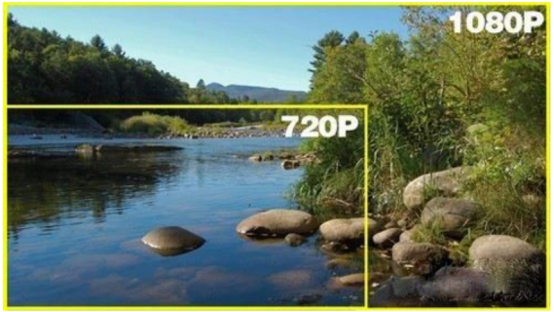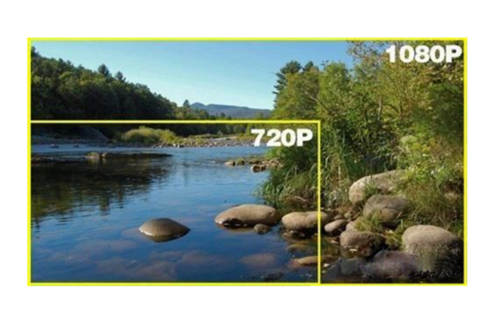What does 2K/4K/8K, 720P/1080P mean?
‘P’
720p, 1080p, etc. indicate “the total number of video pixels”. For example, 720p indicates that the video has 720 rows of pixels, while 1080p indicates that the video has 1080 lines of pixels in total, and the resolution of 1080p is 1080p
Generally, the number of pixels in a camera is 1920 * 1080. The “P” itself means “progressive scanning”, which is the abbreviation of progressive.
“K’
2K, 4K, etc. indicate “the total number of columns of video pixels”. For example, 4K indicates that the video has 4000 columns of pixels, specifically 3840 or 4096 columns. What is the usual number of pixels for a 4K resolution camera 3840 * 2160 or 4096 * 2160
1080P
Vertical resolution has been used to describe resolution in the past. Because 1080p represents vertical resolution. The aspect ratio of almost all high-definition displays is 1.78: (16 * 9, also known as “wide screen”)
This means that its horizontal resolution is 1920 pixels (1920 * 1080).
Therefore, 1080p is not equal to “1K”. Just as UHD is equivalent to 4K, 1080p is equivalent to 2K. In other words, the resolution of 1920 * 1080 is very close to the 2K standard described by DCI. even if
So, most people don’t call 1080p 2K, they call it 1080p or full HD.
The number of pixels in 720p is about half that of 1080p.

4K
Technically, “4K” means a horizontal resolution of 4096 pixels. This is the resolution proposed by the digital power advocacy alliance. Due to the different aspect ratio of the power supply, the exact shape of the rectangular screen determines the power supply
The aspect ratio of the source, so its vertical resolution is not specified.
Therefore, strictly speaking, “4K” is not Ultra HD, and the resolution of UHD is 3840 * 2160. The pixel difference between the two is only 13%, basically not much difference. Most people are even more like the “4K” means ultra high definition. 8K is the same as 4K.














